'Improving' a Naturally Wet Area??
Scbnymph
18 years ago
Related Stories
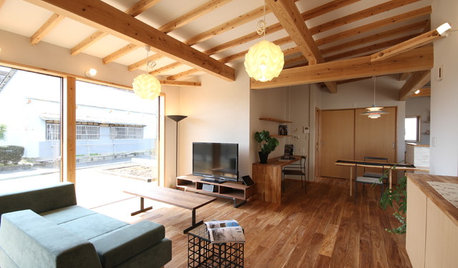
HOMES AROUND THE WORLDHouzz Tour: In Japan, a U-Shaped House Made With Natural Materials
Living areas are in one building and private sleeping areas are in another. A kitchen bridges the two structures
Full Story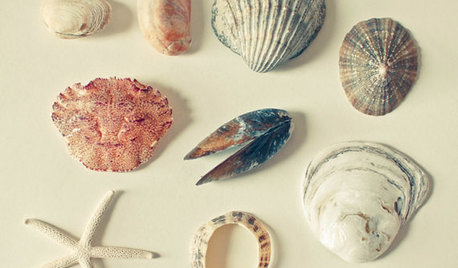
DECORATING GUIDESNature’s Color Wisdom: Lessons on Pink From the Great Outdoors
Leave your assumptions about pink at the princess playhouse door. Head outside instead for shades from shocking to subtle
Full Story
PLANTING IDEASWant a More Colorful, Natural Garden? Try a Perennial Meadow
Spend less time tending and more time taking in the sights by improving on Victorian and prairie garden designs
Full Story
GARDENING GUIDES5 Ways to Naturally Win the Weed War
Show irksome weeds no mercy with these tricks for combating them sans chemicals
Full Story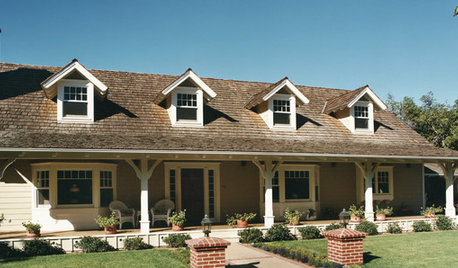
ROOFSNo Substitute for the Natural Beauty of Wooden Roof Shingles and Shakes
This natural, renewable roof option brings weathered character and nostalgic appeal to traditional-style homes
Full Story
EDIBLE GARDENSNatural Ways to Get Rid of Weeds in Your Garden
Use these techniques to help prevent the spread of weeds and to learn about your soil
Full Story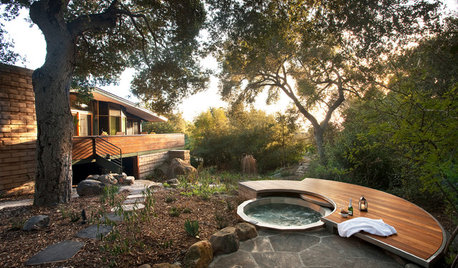
GARDENING AND LANDSCAPING12 Naturally Beautiful Hot Tubs
Prefer a no-plastic look for your patio or yard? Wood, stone and concrete make these hot tubs fit right in with nature
Full Story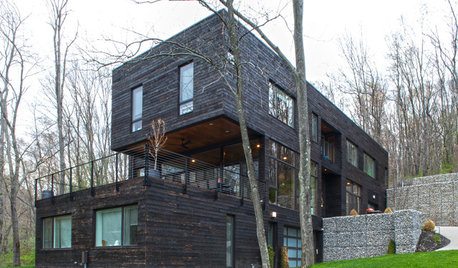
HOUZZ TOURSMy Houzz: Modernism Takes a Natural Turn in Pennsylvania
Generous wood throughout and woodsy sights outdoors soften and warm this home’s modern lines
Full Story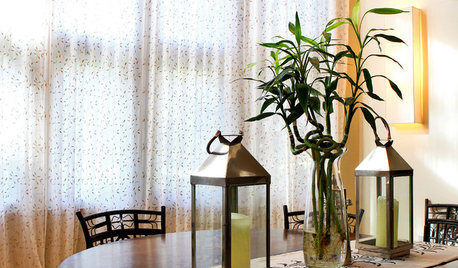
DECORATING GUIDESImprove Your Style Fortune With Lucky Bamboo
Serve this versatile plant straight up or with a twist for auspicious living decor that thrives without soil
Full Story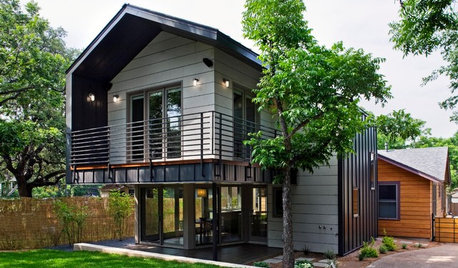
CONTRACTOR TIPSContractor Tips: 10 Home Areas That Likely Need a Pro
Safety, less cost and better aesthetics on a home improvement project may rest in the hands of an expert
Full StorySponsored






mountain_curmudgeon
ScbnymphOriginal Author
Related Professionals
Wrentham Landscape Architects & Landscape Designers · Ilchester Landscape Architects & Landscape Designers · Sahuarita Landscape Architects & Landscape Designers · Fort Myers Landscape Contractors · New Braunfels Landscape Contractors · San Antonio Landscape Contractors · San Pedro Landscape Contractors · Washington Landscape Contractors · Queens Roofing & Gutters · Walnut Creek Roofing & Gutters · Sauk Village Roofing & Gutters · Wood Dale Roofing & Gutters · Bonita Siding & Exteriors · Oregon City Siding & Exteriors · Oakville Siding & Exteriorsmountain_curmudgeon
ScbnymphOriginal Author
kwoods
ScbnymphOriginal Author
kwoods
mgeca
ScbnymphOriginal Author
mgeca